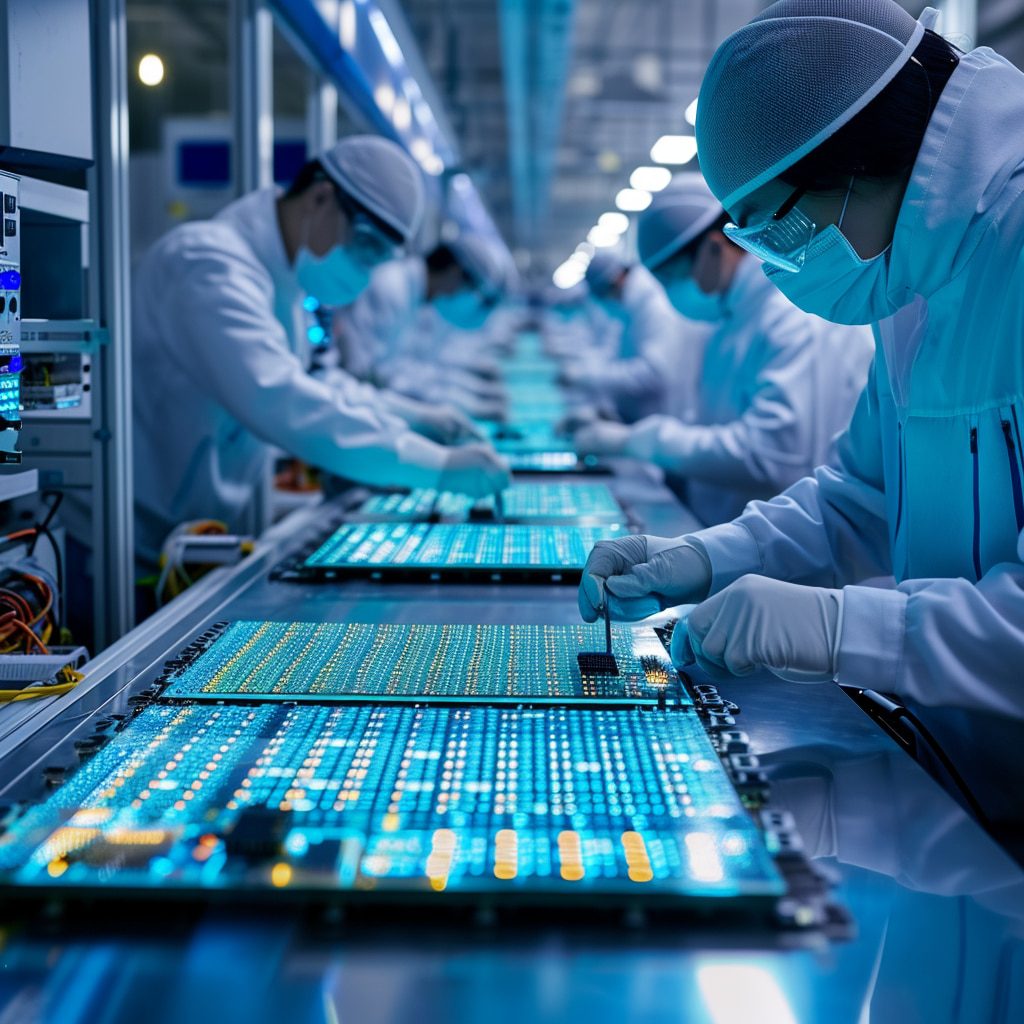Nvidia’s Grace Hopper GH200 superchip has garnered significant attention in the tech sphere due to its cutting-edge AI and high-performance computing capabilities. CEO Jensen Huang’s emphasis on the critical role of accelerated computing in addressing intricate tasks further underscores the importance of GH200’s innovation.
As a response to the escalating demands for processing power in modern computing, the GH200 stands out as a powerful solution. Its ability to handle complex tasks efficiently positions it as a game-changer in various industries, from data centers to research institutions.
With its promise of enhanced performance and accelerated computing capabilities, the GH200 represents a significant advancement in Nvidia’s quest to push the boundaries of computational efficiency and innovation.
Nvidia’s GH200 Impressive Specs and Design
The GH200 redefines processing power with its fusion of a 72-core Arm-based Grace CPU and an H100 Tensor Core GPU, marking a significant leap forward in computational capability. Its support for up to 480GB of LPDDR5 memory, alongside options for 96GB of HBM3 or 144GB of HBM3e memory, underscores its versatility and scalability for enterprise and data center applications.
This formidable combination of hardware specifications positions the GH200 as a powerhouse in AI and high-performance computing. With its robust architecture and expansive memory options, the GH200 is poised to address the increasingly complex computing demands of modern enterprises and data centers, driving innovation and efficiency in computational tasks.
Linux-focused publication Phoronix recently conducted benchmark tests on a GH200-based system, revealing promising results. In the HPCG benchmark, the GH200 surpassed Intel’s Xeon Platinum 8380 2P and closely trailed behind AMD’s Epyc 9654 Genoa 2P, showcasing its competitiveness in the field.
Nvidia’s GH200 competitive performance against AMD and Intel
In benchmark tests, the GH200 showcased its exceptional performance, tying with AMD’s Epyc 9684X Genoa-X 1P processor in the Rodinia HPC benchmark and almost reaching parity with the Xeon Platinum 8380 2P in CPU performance during the AMG test.
Phoronix lauded the GH200’s capabilities, particularly its remarkable performance in computational chemistry tasks conducted using NWChem software. This praise underscores the GH200’s prowess in handling intensive computational workloads across various domains, from high-performance computing to specialized scientific simulations.
The GH200’s ability to excel in demanding tasks positions it as a versatile and powerful solution for enterprises and data centers seeking enhanced processing capabilities and efficiency.
Strategic Significance of GH200 in Server Segment
The GH200 isn’t just about raw technical prowess; it represents a strategic shift for Nvidia into the server market. By introducing an alternative to x86 CPUs, Nvidia enters direct competition with AMD and Intel. Promising up to double the performance of Intel’s Sapphire Rapids and AMD’s Genoa CPUs at comparable power levels, the GH200 positions Nvidia as a major contender in the AI and HPC sectors.
This strategic move underscores Nvidia’s commitment to innovation and determination to challenge established players in the server segment. With the GH200, Nvidia aims to disrupt the status quo and establish itself as a leading provider of high-performance computing solutions, offering unparalleled performance and efficiency to meet evolving market demands.
Nvidia’s Grace Hopper GH200 superchip has proven its mettle in benchmark tests, showcasing its competitive edge against established players like AMD and Intel. With its innovative design and impressive performance metrics, the GH200 sets a new standard for AI and high-performance computing applications.





